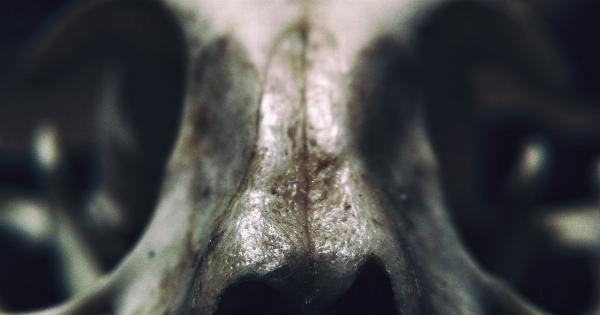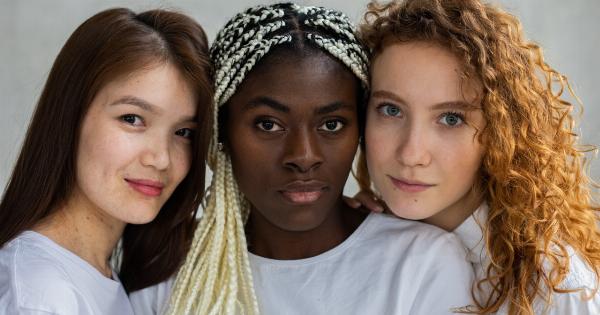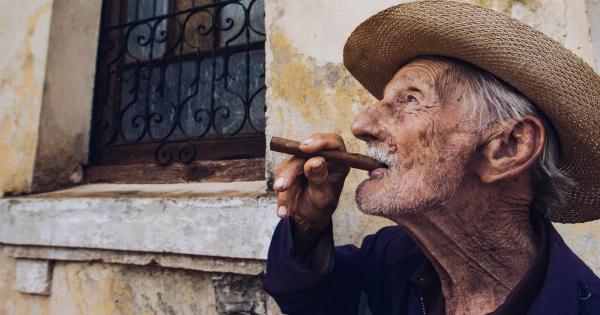The attraction of males to female breasts can be traced back to our evolutionary history.
Throughout the evolution of humankind, breasts have served not only as a source of nourishment for infants but also as an indicator of reproductive potential in women. In this article, we will explore how the male attraction to female breasts has evolved over time and what factors contribute to this attraction.
Early Evolutionary History
Breasts have been a source of food and nourishment for infants for millions of years. Human ancestors evolved from primates, and primate infants suckle for up to 2-3 years to get all the nutrients they need to survive.
Female primates have well-developed and prominent breasts to feed their offspring and ensure their survival.
As humans evolved, the shape and size of female breasts changed to accommodate the upright posture of walking on two legs. This natural selection process favored those with smaller, more manageable breasts that did not interfere with daily activities.
However, the breasts remained a signal of female fertility and reproductive potential.
Cultural Influences
Our culture has shaped the way we view breasts and the degree of attraction we have towards them. In many cultures, exposed breasts are a natural part of daily life and are not considered sexually provocative.
In others, the exposure of any part of the female body is considered shameful and must be covered. This has made it difficult to determine whether male attraction to breasts is a product of biology or socialization.
Regardless of cultural influences, research has shown that the sight of breasts has a physiological effect on males. When men see breasts, the brain releases hormones that induce sexual desire and arousal.
This suggests that male attraction to breasts has a biological basis and is not simply a product of cultural influence.
Breast Size and Shape
Breast size and shape are factors that play a role in the attraction of males to female breasts. Research has shown that men prefer breasts that are symmetrical and have a shape that is consistent with the standard ratio of waist-to-hip measurements.
A recent study conducted by the University of Vienna found that men also preferred breasts that had a 45-degree slope from the chest wall, which gives them a more lifted appearance.
Breast size is another factor that has an impact on male attraction.
Studies have shown that men are often attracted to larger breasts because they are a signal of reproductive potential, as they indicate a greater ability to provide nourishment to offspring. However, this preference may vary depending on the culture and individual preferences.
Modern Culture
In modern society, breasts are often the focus of sexualized media and pornography. This has led to a hypersexualization of the female body and the objectification of women.
The media often portrays idealized images of women with large breasts and slender body types, which can lead to body image issues and feelings of inadequacy among women.
As a result of this cultural phenomenon, some researchers have suggested that the male attraction to breasts may be less of an evolutionary trait and more of a cultural one.
However, as we discussed earlier, research has shown that the sight of breasts has a physiological effect on males, indicating that there is a biological basis for the attraction.
The Influence of Hormones
Hormones also play a role in male attraction to female breasts. Testosterone, the male sex hormone, has been shown to increase male arousal in response to the sight of female breasts.
In addition, hormones such as oxytocin, which are released during sexual activity, can increase the attractiveness of breasts to males.
These hormones and their influence on attraction can vary depending on a person’s individual biology and hormone levels. For example, men with higher levels of testosterone may show a greater attraction to breasts than those with lower levels.
Conclusion
In conclusion, the male attraction to female breasts can be traced back to our evolutionary history. Breasts have served as a source of nourishment for infants and an indicator of reproductive potential in women throughout the evolution of humankind.
While cultural influences and media hypersexualization have played a role in shaping the way we view breasts, research has shown that there is a biological basis for the attraction. Hormones such as testosterone and oxytocin also influence the degree of attraction that males feel towards female breasts. Overall, the attraction to breasts is a complex interaction between biology, culture, and individual preferences.






























